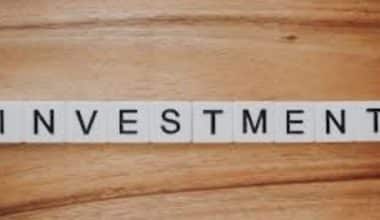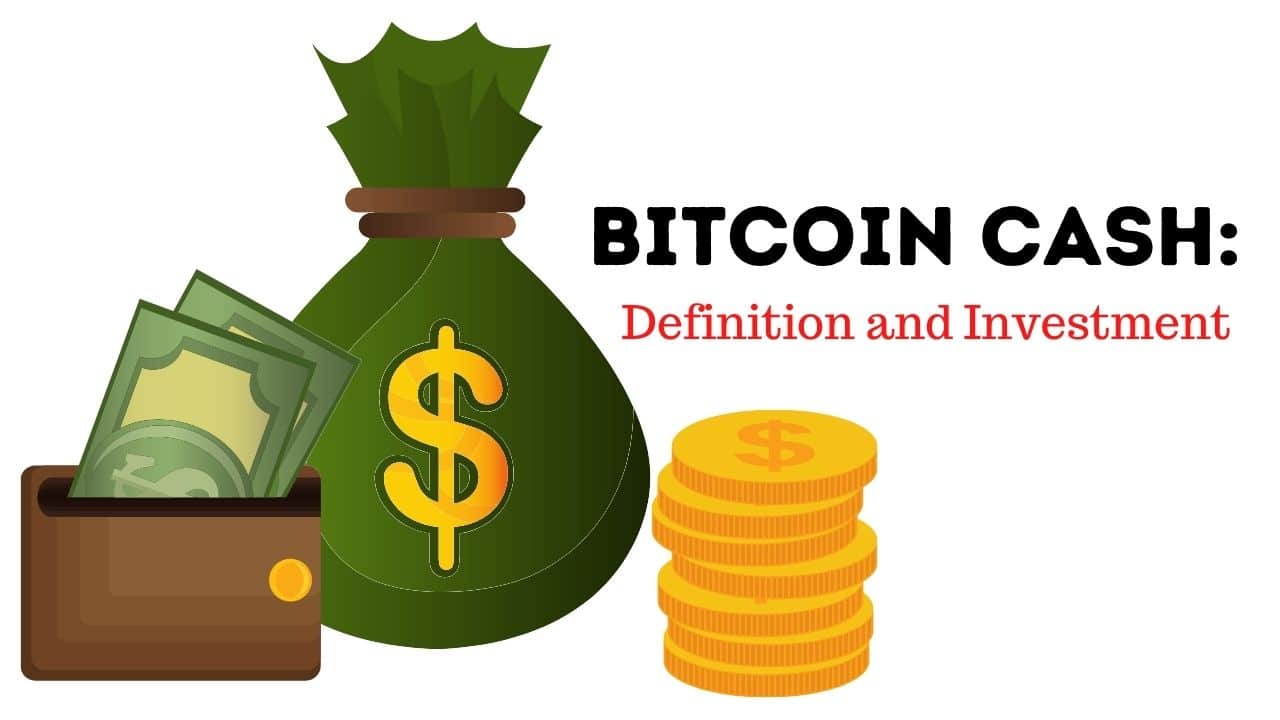Choosing the best income stocks investment methods might be challenging. When formulating a wealth management strategy or choosing the structure of your retirement income, there are numerous questions to consider. Choosing whether a growth or income investing strategy is best for you is one of the first steps in developing a sound wealth management plan. I would like you to stay focused as we unravel the top reality best passive income stocks you would love to know.
What are Income Stocks
Stocks come in a variety of forms. An income stock is one that distributes a comparatively steady dividend to its owners, which represents a portion of the business’s profits. Typically, dividend payments made by some businesses to their investors are cash payments.
Although some organizations only offer income annually or semi-annually, the majority of businesses pay dividends every quarter. A select few businesses offer monthly dividends, which makes them perfect income stocks.
How Does Stocks Income Work
Investors receive a stream of income from income stocks that are comparatively steady. They can either pay their bills with this revenue or reinvest it to purchase more shares. The fact that income equities are less erratic than growth stocks is another advantage of investing in them. They are a useful addition to any portfolio because of these characteristics, especially when looking for more stability.
Best Income Stocks
Over time, the best-income stocks have steadily raised their cash payouts. In a little more than seven years, a stock with dividend payments that rise by 10% annually doubles its cash distribution to owners.
Increased dividends typically result in higher stock prices. This is due to the fact that investors are frequently prepared to pay more for equities with increasing cash dividends. The best of all worlds for investors in these companies is passive income and rising stock prices.
Here are some of the top-income stocks to think about:
#1. Management of Waste
WM (WM -0.74%) specializes at making its investors money out of rubbish. The corporation offering waste disposal, recycling, and collecting services is the biggest of its kind in North America. It enjoys a considerable competitive advantage thanks to its extensive network of existing landfills. It is unlikely that rivals will be able to steal market share from the garbage king due to strict rules and staunch homeowner opposition to new landfills.
#2. Verizon
The Verizon Wireless customers of telecom behemoth Verizon Communications (VZ -0.03%) offer a steady stream of income and cash flow. Through the first nine months of 2022, Verizon produced an astounding $12.4 billion in free cash flow, which enabled it to pay $8.1 billion in dividends to its stockholders.
The dividend yield on Verizon shares is high (it was above 6% in late 2022). The longest active run in the American telecom industry is held by the telecom giant, which has increased its payout for 16 straight years. Verizon is an excellent stock to buy for passive income generation because of its alluring and expanding income stream.
#3. Microsoft
Microsoft (MSFT 7.39%), the market leader in technology, has a number of steady revenue producers, which is great news for income investors. Windows, its operating system for computers, continues to generate large revenues. As a result of the product’s switch to a cloud-based distribution mechanism, its enormously popular Office suite of productivity software is experiencing significant growth.
In addition to LinkedIn, which Microsoft owns, Microsoft’s Azure cloud infrastructure business is also expanding quickly. The company’s revenue will probably keep increasing in the upcoming years when you factor in its well-known Xbox gaming platform. In order to strengthen its gaming platform, Microsoft has agreed to acquire game developer Activision Blizzard (ATVI -11.25%) in 2022.
#4. Realty Profits
Over the years, Realty Income (O -0.43%) has consistently been a reliable income stock. Since its initial public offering (IPO) in 1994, the real estate investment trust (REIT) has increased its dividend payout 117 times, marking its 100th consecutive quarter of dividend growth in late 2022. It belongs to the exclusive group of Dividend Aristocrats because it has produced dividend growth for more than 25 years.
#5. NextEra Energy
The track record of NextEra Energy’s (NEE -3.51%) earnings is very strong. The utility has consistently increased its dividend for more than 25 years, making it a Dividend Aristocrat as well. NextEra has boosted its dividend at an average rate of 9.8% since 2005.
It ranks among the top producers of renewable energy and has a long backlog of construction projects. When you combine this development with the consistency of its utility business operations, NextEra should have more than enough energy to continue raising its dividend and earnings in the future. Until at least 2024, the corporation plans to grow its dividend by about 10% annually.
Passive Income Stock
A recurring source of income known as passive income is derived from sources other than a regular job, such as freelancing or contract work. Passive income, as the name suggests, requires little to no daily work to keep. This is not active income, which is typically understood to be money made via working a job or contracting.
The top strategies to get passive income are listed below.
#1. Stock Dividends
Purchasing dividend stocks, which regularly, such as quarterly, give a portion of the company’s earnings to investors, is one strategy to create an income stream. The top ones gradually raise their payment, expanding potential future income.
Dividend equities help diversify your portfolio because they are often less volatile than growth stocks. Reinvesting dividends is another option available to investors.
#2. Index Funds that Pay Dividends and Exchange-Traded Funds
Instead of selecting and purchasing specific stocks, you can invest in index funds or exchange-traded funds that hold dividend stocks.
For individuals who want to invest passively but with less involvement, there is this option.
A well-rounded selection of numerous equities is held by index funds, which seek to replicate the performance of a particular index, such as the S&P 500. An index fund or dividend ETF will invest in a number of dividend-paying equities. Since market fluctuations are typically less volatile across an index than they are for individual equities, index funds can aid in balancing portfolio risk.
#3. Bonds and Index ETFs for Bonds
Bonds are a mechanism for investors to lend money to businesses as well as to the federal, state, and municipal governments while also earning interest, as opposed to purchasing a part in a firm through stock. They are regarded as a less risky investment than stocks, although they often yield a lesser rate of return.
Due to their reduced volatility and relative safety compared to stocks, experts advise investing a portion of your portfolio in bonds. As you get closer to your investment objective (such as retirement), you should increase the proportion of bonds in your portfolio.
#4. Accounts with High Yields
A high-yield online savings account is another way to generate passive income, albeit at a lower level than equities and bonds. It’s great for building your emergency fund. Savings account interest is tacked on to your balance.
A type of federally insured savings account known as a high-yield account offers an interest rate that is frequently significantly greater than the national average. It pays to search around when deciding where to place your savings because the APY of these high-yield accounts may vary somewhat, and over time, those tiny variances add up to real money.
#5. Residential Rentals
Another option to create passive income is by investing in real estate to rent out. If they are situated in an area with a strong rental market, long-term rentals can be a solid source of income. However, they also come with long-term stressors such as upkeep, numerous mortgage payments, property tax obligations, and other expenses.
Income Stocks Vs. Growth Stocks
The obvious distinction is as follows:
A dividend-paying investment is referred to as an income investment. Contrarily, a growth investment uses compound interest and aims to increase the initial investment as much as feasible.
Let’s Concentrate on an Income Investment.
Finding safe investments that are giving investors fairly consistent dividend payments is the main goal of income investing. These investments can range from dividend-paying securities like stocks and bonds to Cooper Pacific’s MICs, which can be kept as growth or income assets and give investors the chance to augment their income while still aiming to preserve their capital.
Although many people choose to reinvest the money they get from their investments, some people may view income investing as a form of passive income. The goal of this type of investing is to provide enough recurrent income to support your lifestyle.
How about Investments in Growth
Growth investment is primarily concerned with amassing money for the future. You’re seeking investments with a greater possibility for growth at a faster rate rather than ones that would offer a consistent payment. Growth investing is more focused on generating income in the future than it is on generating money today. Due to the emphasis on rapid expansion over gradual reliability, growth investments are thought to be riskier than income investments. Any investment entails some risk of loss, although income investing is often thought to be less risky.
So what is Appropriate for You?
There isn’t a simple solution to this. The type of investing that is best for you will rely on a variety of factors, including your financial objectives, risk tolerance, level of investing knowledge, and desired retirement income. You are as unique as your fingerprint when it comes to wealth management techniques and organizing your financial portfolio. When to prioritize an income or growth investment cannot be answered in a simple, rapid manner. The best course of action is to speak with a specialist who can assist you in determining what is the best fit for you.
What is the best stock to make money?
AAPL Apple Inc.
The largest publicly traded corporation in the world, excluding government-backed behemoths like Saudi Aramco, is Apple. AAPL shares, like other IT firms, struggled in 2022 as recession worries and skyrocketing interest rates alarmed investors in the industry. Apple currently prices at 28 times earnings, providing investors with a good entry opportunity into the $2.5 trillion iPhone company after a rare 26.4% decline in 2022.
What are Growth and Income stocks?
A mutual fund or exchange-traded fund (ETF) that combines capital expansion (growth) with current income via dividends or interest payments is referred to as a “growth and income stock.”
What stocks can I Buy to make Money?
Waste Management WM (WM -1.18%) is excellent at generating revenue for its stockholders from rubbish. The corporation offering waste disposal, recycling, and collecting services is the biggest of its kind in North America. It enjoys a considerable competitive advantage thanks to its extensive network of existing landfills.
Is Apple a Growth or Income Stock?
Apple’s stock has a history of being regarded as a dependable and strong growth stock, and it currently has the largest market valuation in the entire globe ($2.4 trillion). Shares of the company have increased by 250% over the past five years and by 884% over the past ten years.
What is Income Investing in stock?
Income investing entails setting up all or a portion of your investment portfolio to produce a steady flow of income. Dividends from stocks, interest from bonds or interest-bearing accounts, or income from other asset classes like real estate or alternatives could all contribute to this income.
How to Start Buying Stocks?
- Choose your stock market investment strategy.
- Decide on a brokerage account.
- Understand the distinction between stock and fund investing
- Establish a budget for your stock market investment.
- Pay attention to long-term investing.
- Manage the stocks in your portfolio.
How do Stocks Work?
An investment in a business is known as a stock. Companies raise money by issuing stock shares, which they then use to fund their operations and expand their firm. Investors purchase stocks with the anticipation that the company will succeed and their shares will appreciate in value.
How Do You Get Income from Stocks?
- The stock’s price is appreciating, or rising.
- The stock can then be sold for a profit if you so want.
- The stock distributes dividends. Although not all stocks do, many do.
Conclusion
A return on investment from stocks might come via dividend income, current undervaluation, or future growth. Many stocks (including AT&T) provide some combination of these benefits, and savvy investors are aware that dividends can have a significant impact on their overall return.
Related Articles
- VERIZON BLACK FRIDAY AND CYBER MONDAY TECH DEALS IN 2022
- Best 2023 PASSIVE INCOME INVESTMENTS: Ideas & What You Should Know
- DIVIDEND INDEX FUNDS: Best High Index Funds Fidelity & Vanguard
- Best PASSIVE INCOME INVESTMENTS: The Ultimate Guide
- The Best TYPES OF PASSIVE INCOME: Best 2023 Practices
- VERIZON LOGO: The Verizon Brand Company History & Timeline
- ELECTRIC VEHICLES COMPANIES: Top Companies & Stocks to Invest in






